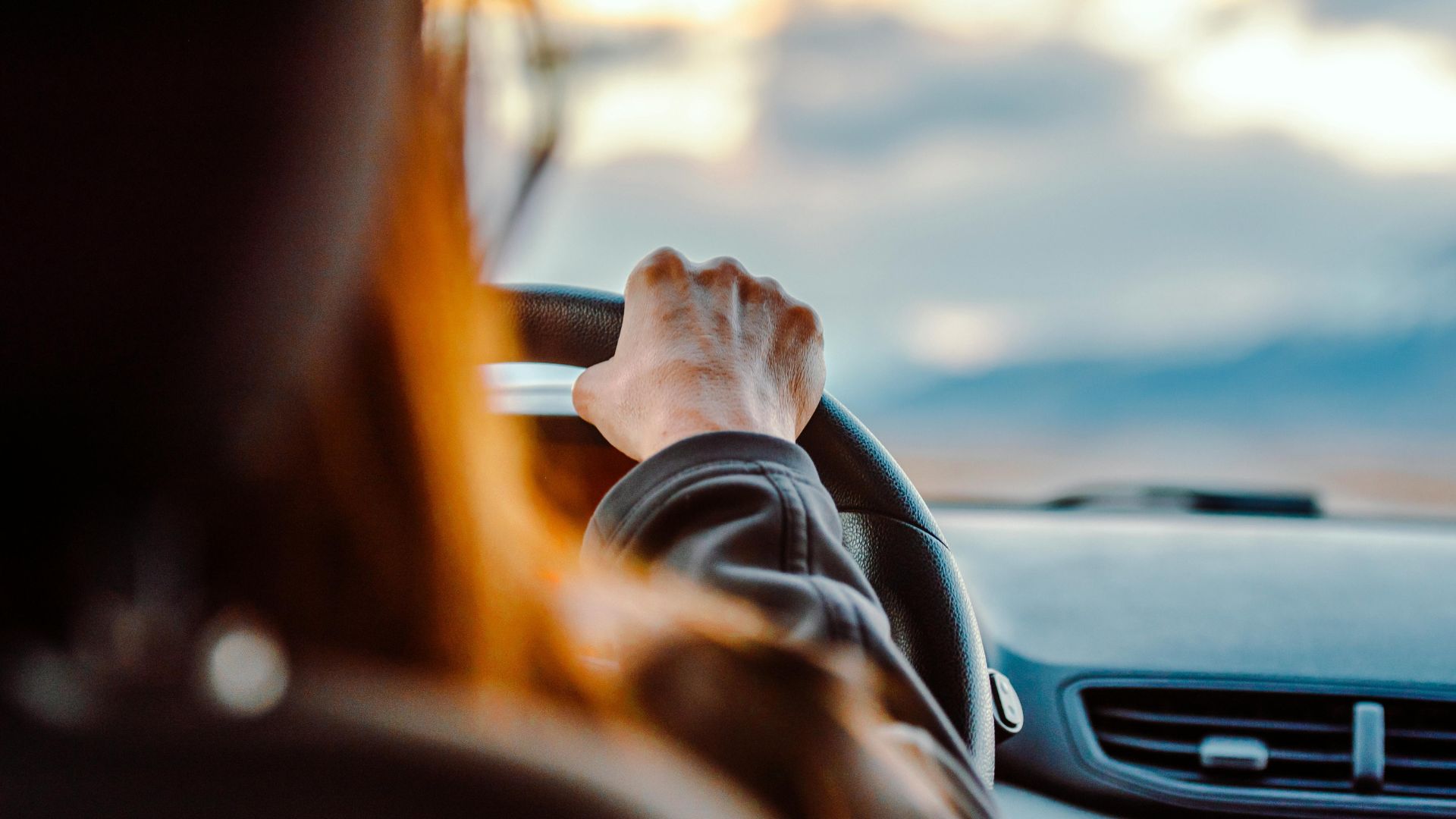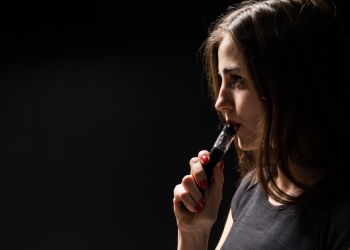Dash cams continue to evolve as essential equipment for drivers. Dash cams make documentation simple. If you desire accurate footage of a police encounter or an accident, the dash cam provides reliable footage that proves very useful in a major dispute. In addition to capturing the footage, it’s just as important to preserve it. Consider some of the steps you can take to secure and save your dash cam recordings.
The Importance of Dash Cam Footage
It’s very difficult to dispute dash cam evidence. From vandalism to traffic accidents, it’s beneficial to provide this type of documentation to the authorities as well as insurance companies. If there’s any confusion regarding who’s at fault, the dash cam footage can provide crucial evidence.
Key Tips to Help Save Footage
Save As Soon As Possible
When an incident occurs, once you know you and those around you are safe, focus on preservation of documentation. Once you’ve recorded the footage, take the SD card out of the camera. Transfer the file to a laptop, hard drive or any other reliable device. Label the file with the location, date and time. This is important because once a few hours pass, it’s easy for facts to become hazy.
Save Multiple Backup Copies
Depending on the accident and whether you’re at fault, you could be held liable if you can’t prove your case. With so much on the line, don’t solely rely on one copy. Instead, save multiple backup copies in various locations. Consider using Google Drive or another cloud storage service. It’s wise to save it on a hard drive. Email the file to yourself. A USB stick works too. Even if your laptop or the USB stick goes missing, you have other copies in other places.
Don’t Overwrite Recordings
With a lot of dash cam models, there’s a feature that allows you to erase the oldest files and record over them when the memory card is full. Don’t get into the habit of erasing old files before you’ve protected the important files in multiple locations. If there’s a loop recording feature on your dash cam, disable it. It won’t erase automatically. A larger SD card helps to prolong the amount of time you need to stop to review and save a bunch of footage. With some dash cams, there’s a G-sensor that will save and protect certain footage. If you have that feature, use it.
Be Informed on Privacy Laws
Even though it can be admittedly tempting to upload and post your footage to social media platforms or share with friends and family, be very hesitant to do so before learning about the privacy and consent laws in your state. With audio recordings, in many states, both parties need to know they’re being recorded. If both parties aren’t informed, the footage is considered inadmissible. Also, if you decide to post the footage online, make sure certain aspects get blurred out such as license plates, personal property and people.
Sharing Dash Cam Footage
Your legal team, insurance provider and local authorities are some of the best parties to share your footage with. If you decide to share the content on social media, proceed with caution. Consult your legal team first to see if it could help or hurt your case.
Moving Forward with Protection
Investing in a dash cam is wise when there are so many unfortunate incidents that take place on the road. In addition to using a dash cam, implement these protocols to preserve and protect your footage. As you do this, you’ll ensure increased safety and protection in the case of an incident.







